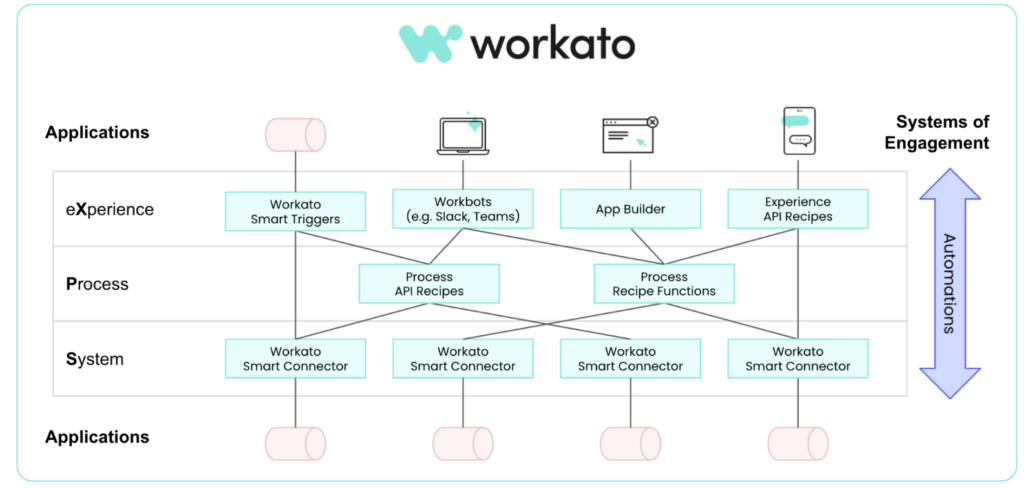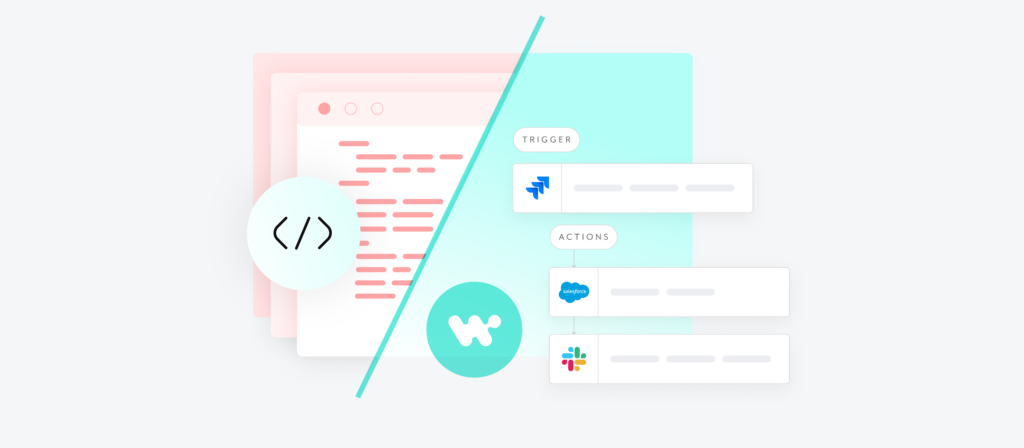Part 1 of the Series: IT Leader’s Required Reading – Breaking Down Gartner’s Take on MuleSoft
MuleSoft’s API-led integration model was once marketed as the blueprint for modern enterprise architecture—offering structure, reusability, and the promise of composability at scale. But as new research from Gartner reveals, the reality is more complex.
“The API-led approach to integration that MuleSoft markets appeals to prospective customers as a way to achieve architectural maturity. However, overestimating the utility of applying this approach to every use case results in cost challenges and inefficient implementations.”
This isn’t about architects chasing complexity. It’s about what happens when integration frameworks are designed in isolation—without accounting for delivery speed, organizational agility, or real-world change. The result? Architectural overhead, delayed time-to-value, and platforms that fail to flex with the business.
This blog kicks off a four-part series unpacking Gartner’s critique of MuleSoft and exploring how leading IT teams are moving beyond integration to embrace orchestration, automation, and AI-driven execution.
In Part 1, we examine the foundational flaw: treating APIs as a one-size-fits-all solution, rather than a strategic tool within a broader orchestration model.
The Myth of the All-Purpose API
API-led integration promises reusable building blocks. But Gartner’s research shows that when API-centricity is applied too broadly:
- Unneeded API tiers increase latency and operating costs
- Over-decomposition of logic leads to API sprawl
- Reuse—often the stated goal—rarely materializes as expected
- Delivery slows due to growing technical overhead
APIs Alone Don’t Deliver Business Value—Orchestration Does
That’s why Workato’s whitepaper, The Role of APIs in Enterprise Automation, picks up where Gartner leaves off. While Gartner calls for pragmatism in how APIs are applied, Workato reframes the conversation around outcomes.
“APIs are a solution to a technical problem, not a solution to a business problem. The business problem is how to automate the processes and experiences that run the business end-to-end.”
APIs are necessary, but only one piece of the puzzle. Integration without automation is incomplete. And automation without orchestration – the coordinated flow of data, decisions, and actions across systems and teams – falls short of delivering enterprise-scale value.
For example, consider a system API that exposes customer order data. On its own, it’s a clean abstraction. But it doesn’t do anything until someone builds:
- An automated service that triggers follow-ups when orders are delayed
- A bot that alerts account teams in Slack when high-value customers churn
- A finance workflow that reconciles invoices across systems in real time
These make APIs actionable. But that was five years ago.
Now, with the rise of AI and agentic workflows, API-based models quickly break down when faced with use cases like:
- AI-powered onboarding agents that automatically set up new employees by pulling data from Workday, assigning equipment in ServiceNow, provisioning accounts in Okta, and sending team intros in Slack—without manual handoffs or brittle chained APIs.
- Triage bots for IT and support tickets that review issue descriptions in natural language, classify them by urgency and type, summarize history from Salesforce and Zendesk, and escalate only when human judgment is required.
- Marketing optimization agents that pull real-time campaign data from Marketo and Salesforce, compare it to pipeline velocity in Snowflake, and dynamically trigger new nurture journeys—or recommend spend adjustments—based on performance.
These use cases demand a platform that combines integration, automation, and AI orchestration in a unified system, not a fragmented stack of APIs that each need custom stitching.
Workato’s orchestration-first approach was designed for this evolution—where workflows are dynamic, intelligent, and AI-augmented by default.

Unlocking Enterprise AI with Enterprise Orchestration
Learn from a former Gartner analyst on how Enterprise Orchestration is becoming fundamental to AI-driven innovation, generative AI strategy, and the future of business.
The Architecture Shift: From API Management to Enterprise Orchestration
Workato’s approach isn’t anti-API—it’s orchestration-first. That means bringing together APIs, events, data, logic, and interfaces to work together in service of business outcomes.
And while structurally, integration layers may look familiar across Experience, Process, and Systems—the myth of the all-purpose API is replaced with a flexible, reliable, and reusable composition on purpose-fit components, including:
- Smart connectors
- Internal and External APIs
- Low-code and pro-code recipes
- Workflow bots
- Event triggers
- and more
This enables organizations to scale faster, adapt quickly, and reduce costs—without being locked into brittle, messy, or fragmented architectures across multiple runtimes.

Customer Story: How Atlassian Accelerated Its ERP Migration with Workato
Atlassian is a prime example of an enterprise that moved from API-first thinking to automation-first with Workato. The company needed to overhaul its ERP system to keep pace with growth, but their legacy integration platform—clunky, API-heavy, and hard to maintain—was holding them back.
Atlassian leveraged Workato to automate finance operations, accelerate its ERP migration, and eliminate costly tech debt. They reduced their ERP tech debt by 98%, saving 67,000 hours annually through automation. Here’s how Workato helped:
- Invoice Sync to Oracle Fusion: Previously a manual process, this integration now takes minutes instead of hours, saving 4-8 hours per week.
- Journal Entries: Automating payroll and inter-company transactions cut the time required for posting from 2 hours to under 15 minutes.
- Vendor Email Automation: Streamlining communication reduced dispatch time from 250 minutes to 5 seconds with a 99% improvement in response consolidation.
In total, Atlassian saved 67,000+ hours annually across its organization. The finance team achieved 40% faster ERP migration and 63% faster fiscal closures, allowing the company to scale more efficiently without expanding its IT team.
These results demonstrate how automation and integration, combined, can solve complex business problems faster and more effectively than a rigid API-led approach ever could.
The Takeaway: APIs Enable Connections—Orchestration Delivers Results
As Gartner notes, architecture should be your toolset—not your constraint. APIs remain essential, but the real impact comes from orchestrating people, systems, and intelligent automation to serve today’s business goals.
The future isn’t about whether or not you use APIs—it’s about how you orchestrate them within a unified strategy that delivers agility, intelligence, and innovation across your organization.

Moving on from MuleSoft?
Whether you’re actively switching or just feeling blocked by Salesforce stagnation, our experts are here to help. Schedule a free consultation, demo, and TCO comparison today.
📘 Further Reading
- Gartner: How to Maximize Value from MuleSoft Deployments
- Enterprise Orchestration Platform: The Future of AI and iPaaS
- Workato: The Role of APIs in Enterprise Automation
- How Enterprise Agility and Time-to-Market Accelerates Profitability
Explore the Full Series:
IT Leader’s Required Reading – Breaking Down Gartner’s Take on MuleSoft
- Part 1: Rethinking MuleSoft’s API-Led Model: Costly Overhead or Strategic Advantage? – Why MuleSoft’s API-led model isn’t right for every integration
- Part 2: Architecture Without Restraint: How Undisciplined API Architecture Leads to Ballooning Costs – Why undisciplined use of architecture leads to high costs for the organization
- Part 3: Why MuleSoft’s Reuse-First Model Rarely Pays Off – Why chasing reuse is often a distraction from real outcomes
- Part 4: The Skills Gap No One Talks About – How talent shortages quietly derail projects
